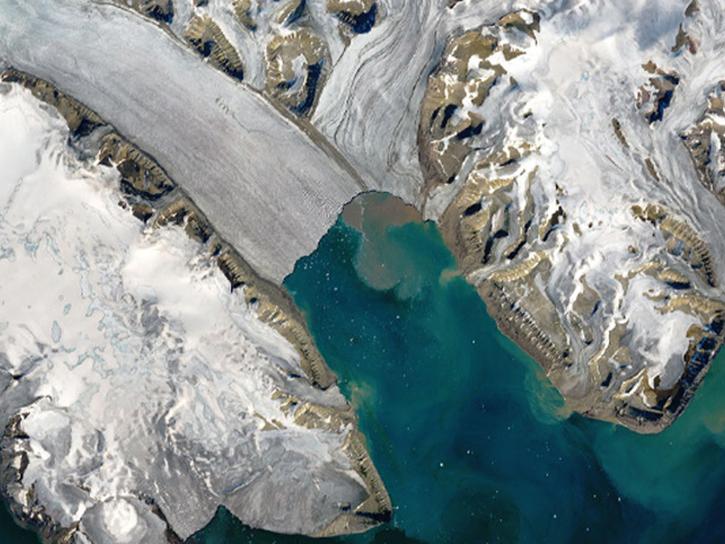We are in the process of migrating all NASA Earth science data sites into Earthdata from now until end of 2026. Not all NASA Earth science data and resources will appear here until then. Thank you for your patience as we make this transition.
Read about the Web Unification Project
Featured Topics
NASA data help researchers characterize processes occurring within Earth’s atmosphere and their interactions with its land, ocean, and ecosystems.
NASA biosphere data are critical for understanding Earth's many different species, climate regulation and change, and its ecosystem processes.
NASA data help researchers characterize processes occurring within Earth’s atmosphere and their interactions with its land, ocean, and ecosystems.
NASA biosphere data are critical for understanding Earth's many different species, climate regulation and change, and its ecosystem processes.
NASA data related to climate indicators provide measurements of climate and help predict how changes will effect the planet.
NASA has data on sea ice, glaciers, snow cover, and other frozen features that comprise Earth’s cryosphere and effect human activity and our planet.
NASA has data related to many facets of human existence including health, economics, settlements and infrastructure, natural hazards, and land use.
NASA has data related to land composition and cover, topography, other properties that characterize the ecological state of Earth’s solid surfaces.
Data collected by NASA inform our understanding of the complex processes that occur within the global ocean as well as its interactions with land, atmosphere, and ecosystems.
NASA collects data on Earth’s solid surface and interior to help us understand the planet's features, dynamics, and processes.









